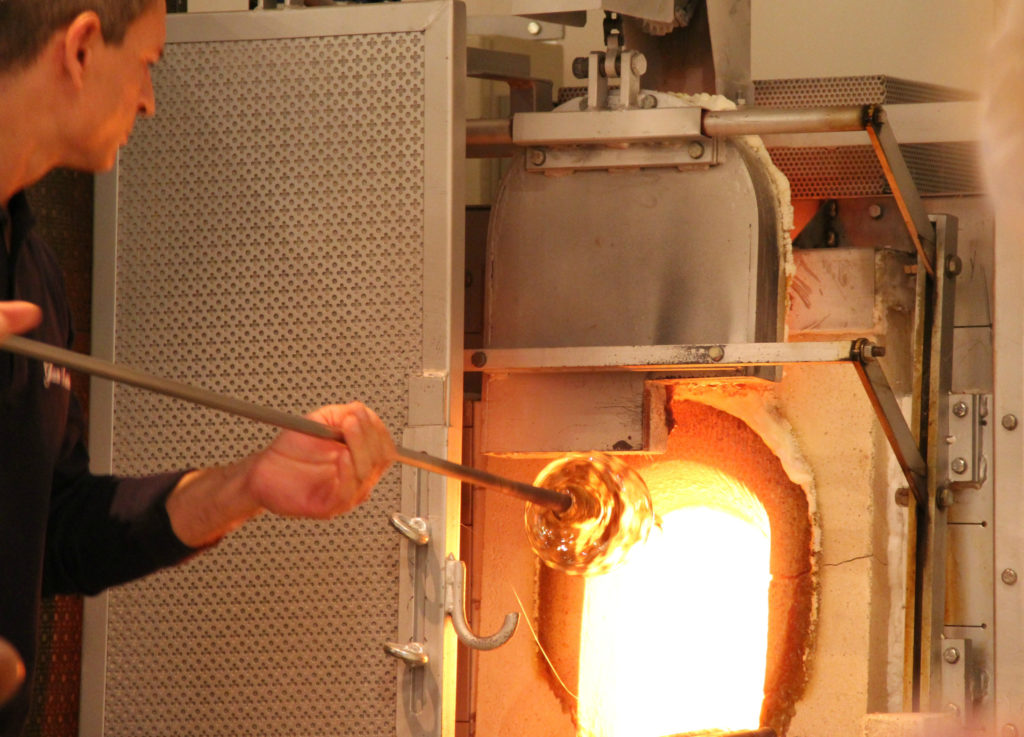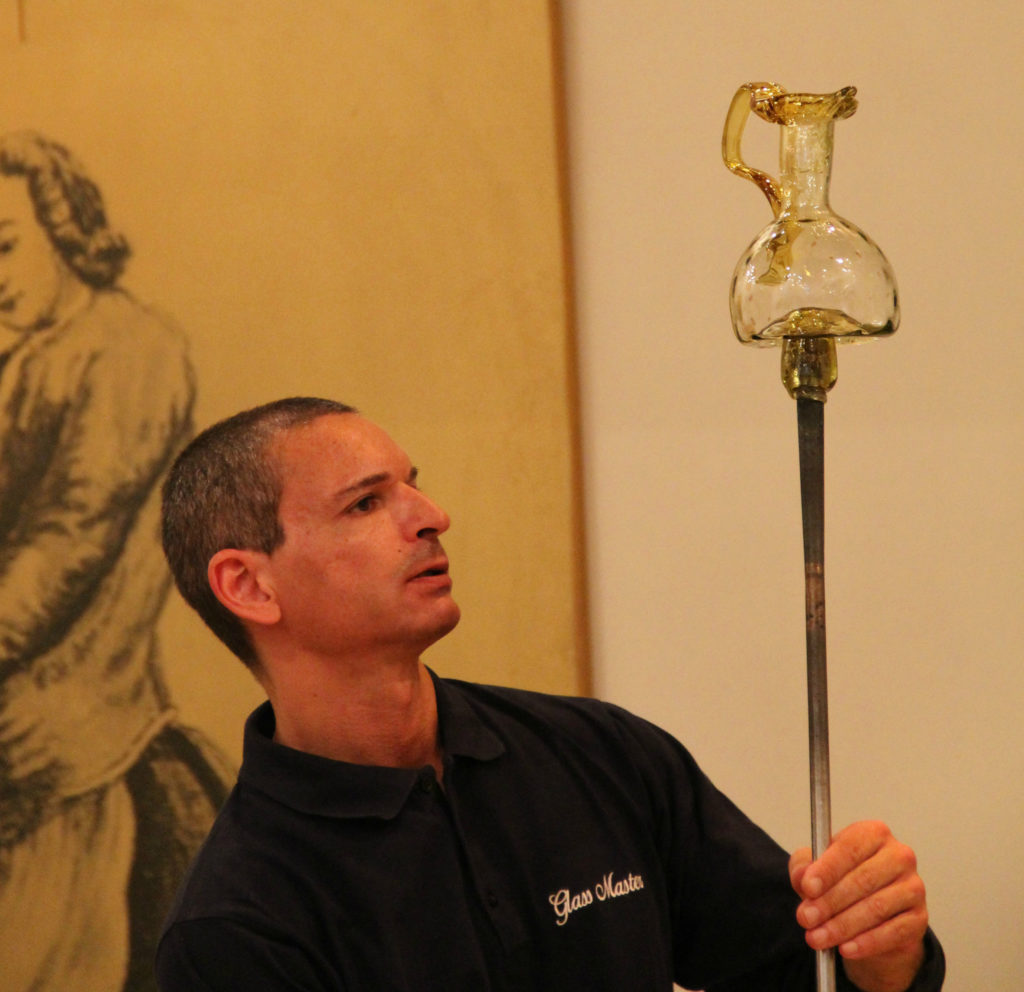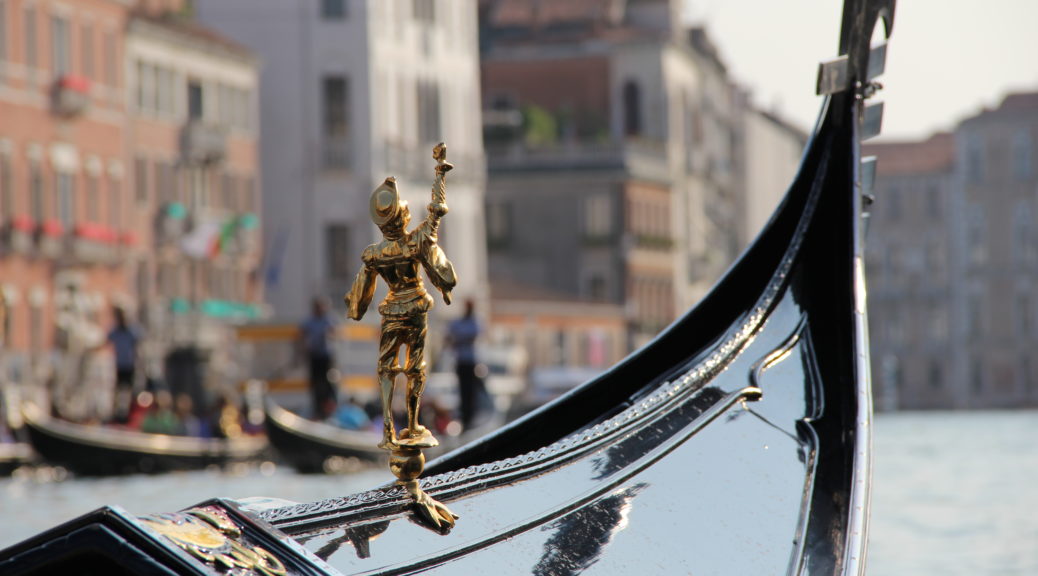
Venice (Part One)
From Florence, we took a high speed train, the Italo, to Venice. It travels up to 225 miles per hour and we made the 160 mile trip in just under two hours. The Italo is made of recycled materials and is lightweight, making it eco-friendly. Once in Venice, we took a water taxi to our hotel. The main entrance to the hotel was actually a dock making it one of the most unique hotel entrances we have encountered. Venice is a very expensive city because all of the goods/supplies must be brought in by boat.



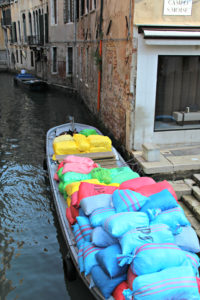
The main “street” in Venice is the Grand Canal. The Ponte di Rialto, or the Rialto Bridge, is probably one of the most recognizable icons of Venice and spans the Grand Canal. The bridge was built in the late 1500’s. It is made of from stone and sits on 12,000 wooden pilings that still support the bridge. I have also included pictures of the Grand Canal we took from the Rialto Bridge.
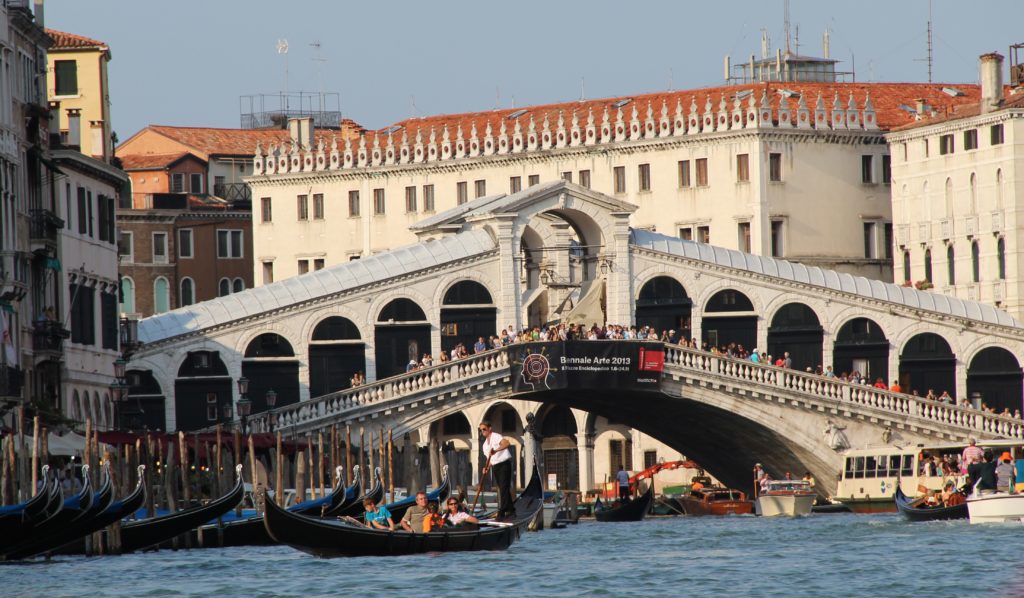


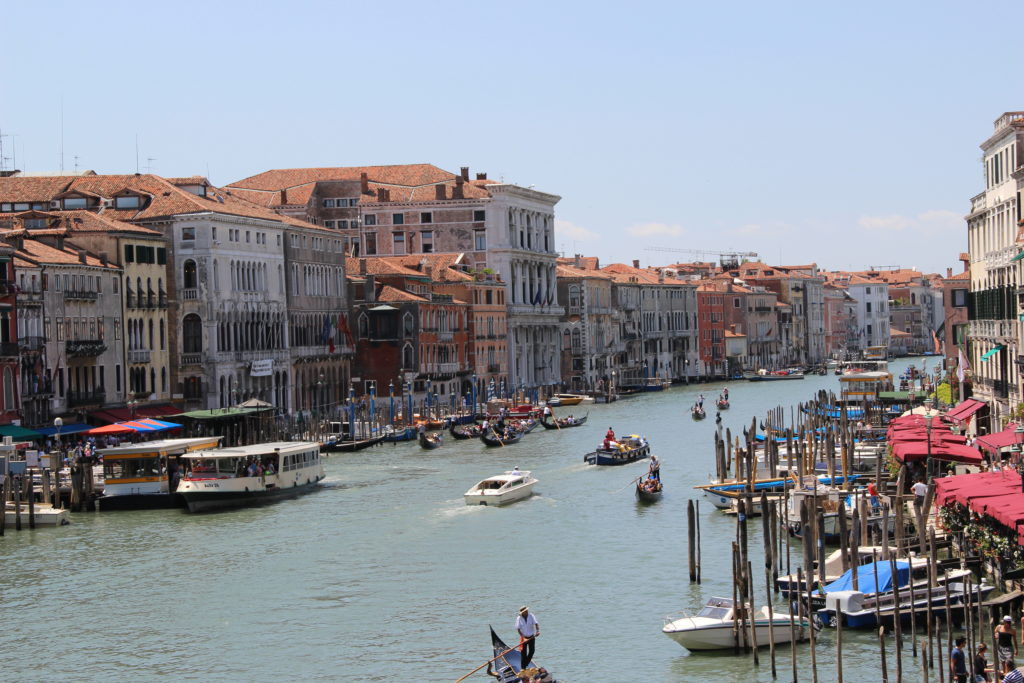
Another famous bridge is the Bridge of Sighs. The bridge was built in 1602 and is made of limestone and has stone bars. The bridge once connected an interrogation room in Doge’s Palace to a prison. Looking through the stone bars, it was the last view convicts saw before being imprisoned. The bridge was named by Lord Byron who speculated prisoners sighed as they saw their last view of Venice, though it probably wasn’t much of a view.
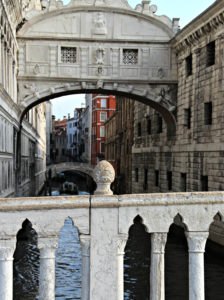
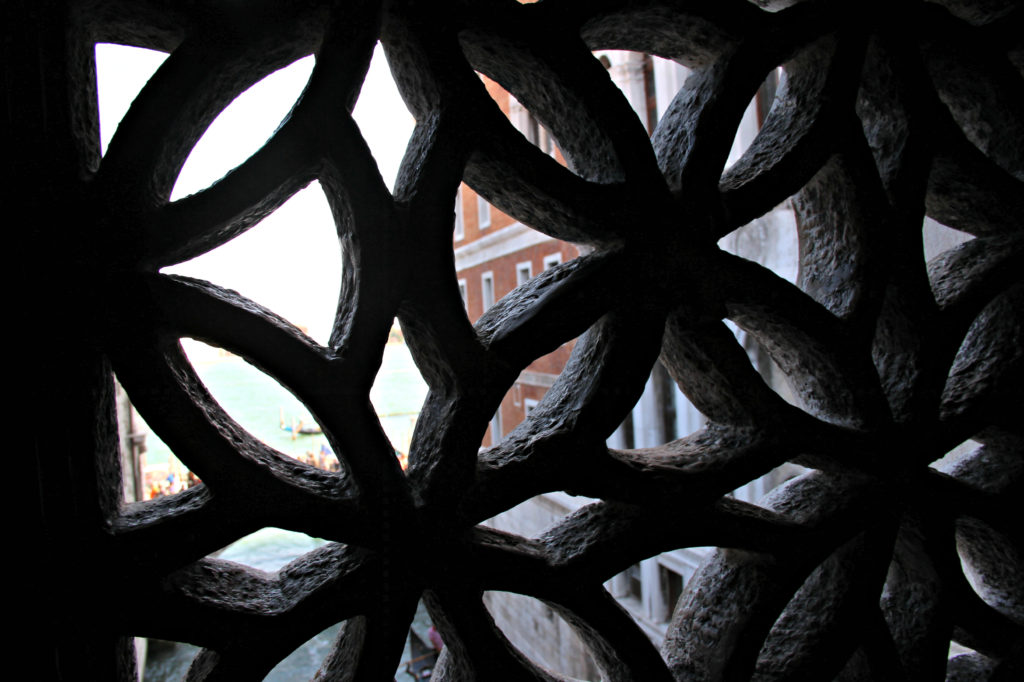
We took a gondola ride while in Venice. Below you will see some of the pictures we took during our cruise.
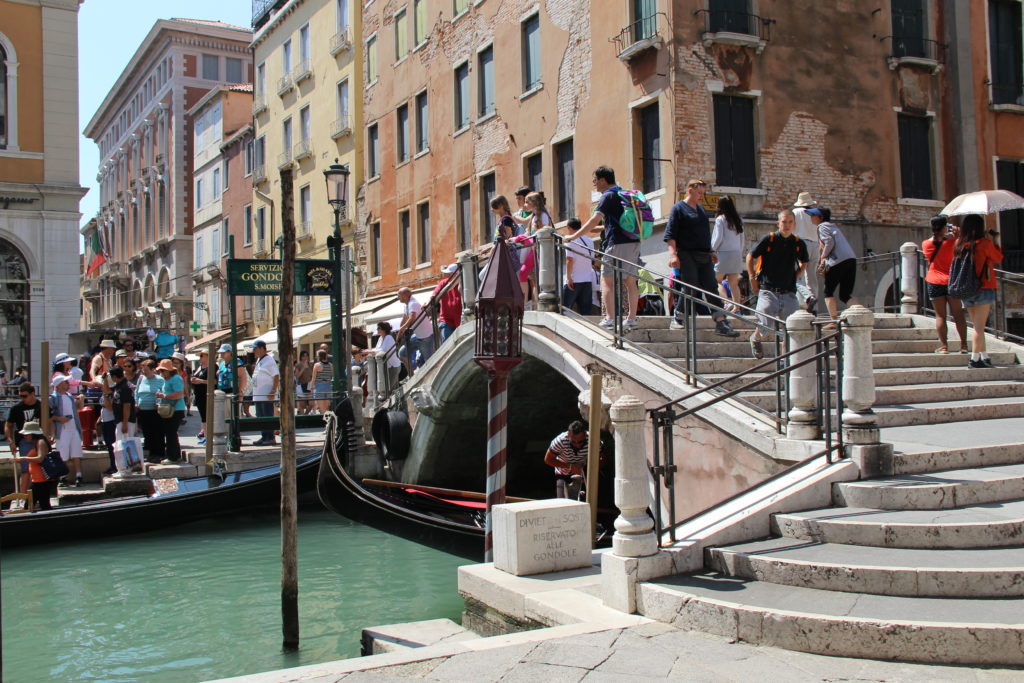

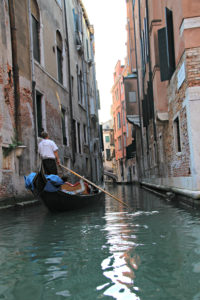
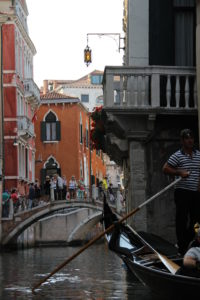
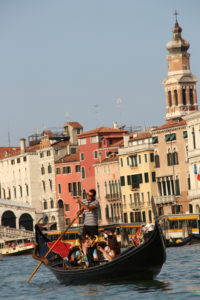
A Catholic church, the Santa Maria della Salute (Saint Mary of Health), was across from our hotel. It is a “plague church.” In 1630, there was a plague in Venice. What was then known as the Republic of Venice promised to build a church if the city was “freed” of the plague. We did not go inside the church but were told some of the art work inside was related to the plague. These are pictures I took of the church during the day and in the evening.
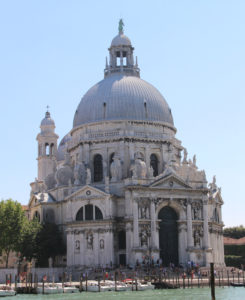

We also did an optional visit to Vecchia Murano to see a demonstration of how Murano glass is made. Murano glass is a famous product of the Venetian Island of Murano. Venice worried that glassmaking could result in fire and the ultimate destruction of Venice’s many wooden buildings. This resulted in a decision to move foundries from Venice to the island of Murano in 1291. Murano glass can only be made on the island of Murano, so after the demonstration, the pieces that had been made were broken. As you might expect, there was also a shop on site and we were able to purchase glass that had been made in Murano (and have it shipped home).

